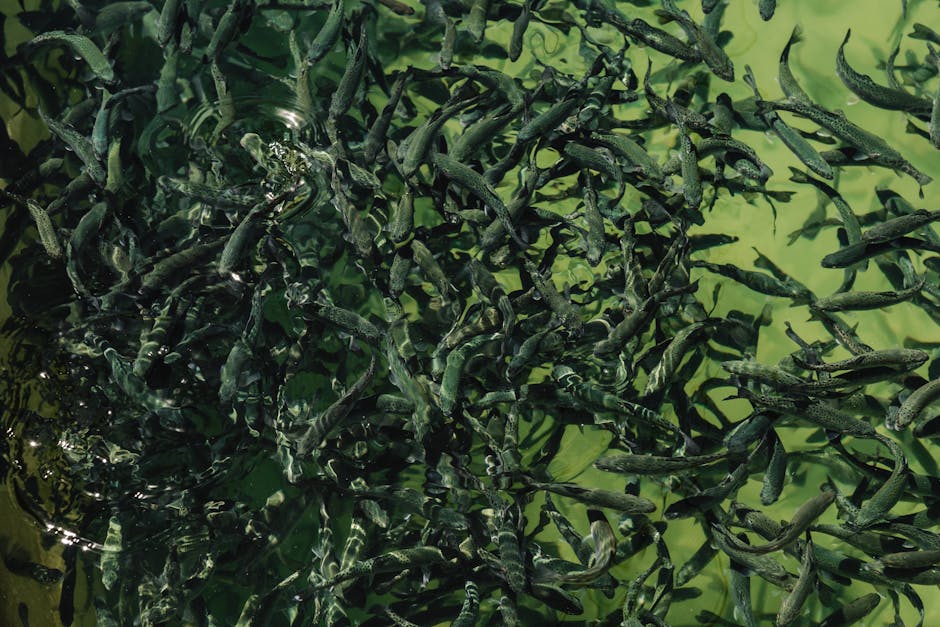
Optimizing aquaculture systems is essential for enhancing sustainability and productivity in the aquaculture industry. As the demand for seafood rises, the need for efficient and effective aquaculture practices becomes increasingly important. By focusing on best practices for system design, leveraging innovative technologies, and implementing sustainable feeding strategies, aquaculture system optimization can lead to healthier aquatic environments and improved yield.
Best Practices for Aquaculture System Design
A well-designed aquaculture system is foundational for successful operations. Key elements of system design include layout, water quality management, and biosecurity measures. The layout should facilitate efficient water flow, ensuring that all aquatic organisms receive adequate water circulation. This not only promotes healthy growth but also minimizes the risk of disease transmission.
Water quality management is critical for maintaining the health of aquatic species. Regular monitoring of parameters such as temperature, pH, dissolved oxygen, and ammonia levels is vital. Implementing filtration and aeration systems can significantly improve water quality, contributing to better growth rates and overall productivity. Furthermore, integrating biosecurity practices helps prevent the introduction and spread of pathogens, ensuring the long-term viability of the aquaculture system.
Innovative Technologies in Aquaculture
The advent of technology in aquaculture has brought forth numerous tools that facilitate aquaculture system optimization. Automated feeding systems are one such innovation, allowing for precise control over feeding schedules and quantities. This not only enhances growth rates but also minimizes feed waste, leading to a more sustainable operation.
Water quality monitoring tools, including sensors and automated reporting systems, enable farmers to maintain optimal conditions for their aquatic organisms. These technologies provide real-time data, allowing for quick adjustments to environmental conditions, thereby reducing stress on the species being cultivated. Utilizing these systems can lead to more efficient resource use and improved production outcomes.
| Technology | Benefits | Applications |
|---|---|---|
| Automated Feeding Systems | Precise feed management | Fish and shrimp farms |
| Water Quality Sensors | Real-time monitoring | Recirculating systems |
| Data Analytics Tools | Enhanced decision-making | Production optimization |
Sustainable Feeding Strategies for Aquaculture
Feeding strategies play a crucial role in the overall efficiency of aquaculture systems. Sustainable feeding approaches not only support the growth of aquatic species but also minimize waste and environmental impact. One effective strategy is to utilize high-quality feed that meets the nutritional requirements of the species being cultivated. This ensures that the organisms receive the necessary nutrients for optimal growth, which can lead to reduced feed conversion ratios.
Additionally, incorporating alternative protein sources, such as insect meal or plant-based feeds, can enhance sustainability. These alternatives often require fewer resources to produce compared to traditional fish meal, thus reducing the ecological footprint of aquaculture operations. Regular assessments of feeding practices can help identify areas for improvement, ensuring that the feeding strategy aligns with the principles of aquaculture system optimization.
In conclusion, optimizing aquaculture systems through effective design, innovative technologies, and sustainable feeding strategies is vital for meeting the growing demand for seafood. By embracing these best practices, aquaculture operators can enhance productivity while promoting environmental stewardship. For more information on aquaculture system optimization, visit Wolize to explore advanced solutions and strategies tailored to your needs.
Leave a Reply
You must be logged in to post a comment.